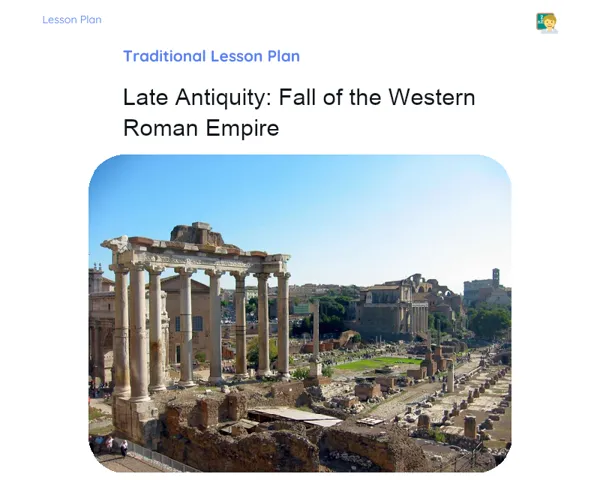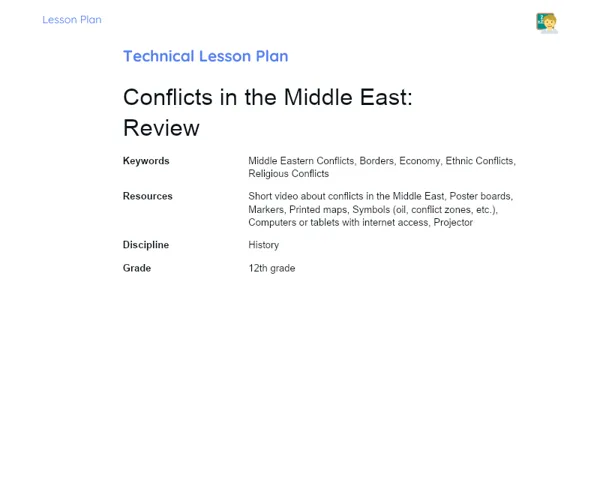Lesson Plan | Active Methodology | Ancient Rome: Introduction
| Keywords | Ancient Rome, History, Roman Senate, Roman Engineering, Roman Culture, Debate, Aqueduct Construction, Daily Life, Roman Law, Architecture, Language, Religion, Flipped Learning, Practical Activities, Collaborative Interaction, Critical Analysis |
| Necessary Materials | Popsicle sticks, Cardboard, Glue, Printed materials on Roman historical and political context, Fabrics for wearing togas, Ingredients for preparing traditional Roman dishes, Supplies for writing in Latin, Equipment for simulating public baths, Water for testing aqueducts, Poster board or large sheets for planning and project designs |
Premises: This Active Lesson Plan assumes: a 100-minute class duration, prior student study both with the Book and the beginning of Project development, and that only one activity (among the three suggested) will be chosen to be carried out during the class, as each activity is designed to take up a large part of the available time.
Objective
Duration: (5-10 minutes)
The Objectives phase is essential to guide students on the key points that will be discussed during the lesson. It establishes a clear framework, engaging students to seek a deeper understanding of the topic, and helping them relate prior knowledge to new information to be discussed and applied in class. This preparation is crucial to enhance the effectiveness of subsequent practical activities.
Objective Utama:
1. Explore and deepen students' understanding of Ancient Rome's history, emphasizing its significant contributions to the Western world in areas like law, architecture, language, and religion.
2. Develop critical analytical skills to connect Roman history with its impact on our current society.
Objective Tambahan:
- Encourage interaction among students to foster a collaborative learning environment.
- Stimulate students' curiosity and interest through probing questions that will be explored during the activities.
Introduction
Duration: (15-20 minutes)
The Introduction phase of the lesson plan is crucial for engaging students and connecting the knowledge they bring from home with what will be explored in class. The problem-based situations are designed to activate critical thinking and encourage students to begin applying their knowledge practically. Contextualizing the topic establishes its relevance, demonstrating how contributions from Ancient Rome still impact the modern world. This approach not only piques students' curiosity but also sets a solid foundation for more meaningful learning.
Problem-Based Situation
1. Imagine you are a senator in Ancient Rome. What would your responsibilities be, and how would you contribute to the laws and decisions of the Empire?
2. If you were a Roman engineer tasked with constructing an aqueduct, what technical and environmental challenges would you face?
Contextualization
Ancient Rome isn't just an ancient civilization; its innovations and legal systems have significantly influenced many aspects of our modern world. For instance, many words in English, and other languages, come from Latin, the language of the Romans. Additionally, principles of Roman law continue to feature in many modern laws. Presenting Ancient Rome this way helps students appreciate its ongoing relevance in their lives today.
Development
Duration: (75-80 minutes)
The Development phase is vital to applying students' prior knowledge about Ancient Rome in a practical and interactive manner. The proposed activities aim to immerse students in scenarios that simulate aspects of Roman political, technological, and cultural life, enabling them to apply and expand their knowledge in an engaging and educational way. This method not only encourages meaningful learning but also enhances collaboration, argumentation, and critical analysis skills.
Activity Suggestions
It is recommended that only one of the suggested activities be carried out
Activity 1 - Senators and Laws: The Great Roman Debate
> Duration: (60-70 minutes)
- Objective: Develop argumentation skills and understand how the Roman Senate operated and influenced laws and society.
- Description: In this activity, students will be divided into groups, assuming the role of Roman senators during a Senate session. They will debate and vote on a range of proposed laws concerning trade, defence, and civil rights. Each group will receive specific information about their historical context and political interests.
- Instructions:
-
Divide the class into groups of up to 5 students.
-
Allocate roles and provide specific information for each group.
-
Explain the rules of the debate, including time for argumentation and voting.
-
Allow groups to discuss among themselves before the debate begins.
-
Conduct a debate session where each group presents its arguments.
-
Conclude with a vote, where each group decides on the debated laws.
Activity 2 - Builders of Rome: The Aqueduct Challenge
> Duration: (60-70 minutes)
- Objective: Understand the engineering principles employed by the Romans and apply knowledge of physics and mathematics in constructing a functional model.
- Description: Students will take on the role of Roman engineers, tasked with designing an aqueduct to supply water to a city. They must consider factors like terrain, available materials, and costs. The aim is to create an efficient and economically viable model using basic materials like popsicle sticks, cardboard, and glue.
- Instructions:
-
Divide students into groups of up to 5.
-
Explain the basic principles and challenges of building an aqueduct.
-
Provide each group with construction materials.
-
Allow time for planning and building their aqueduct model.
-
Organise a presentation of each project, discussing strengths and weaknesses.
-
Test the functionality of the aqueducts using water.
Activity 3 - Daily Life in Rome: A Journey Through Time
> Duration: (60-70 minutes)
- Objective: Explore and experience Roman culture, fostering a deeper understanding of their daily practices and historical relevance.
- Description: This activity will immerse students in Ancient Rome, allowing them to experience various aspects of daily life, from dressing in togas to learning about traditional diets and Roman games. Students will also engage in workshops on writing in Latin and the cultural significance of public baths.
- Instructions:
-
Set up themed stations around different aspects of Roman life (clothing, food, writing, baths).
-
Divide students into small groups and rotate them through the stations.
-
Provide materials and instructions at each station for active student participation.
-
Include a brief Q&A session at the end to discuss what they learned.
Feedback
Duration: (15-20 minutes)
The purpose of this phase is to consolidate the knowledge gained by students through practical activities, allowing a space for reflection and critical discussion. Group discussions enable students to explore diverse perspectives and deepen their understanding of Ancient Rome's influence on today’s society. This also serves to evaluate students’ grasp of the content and clarify any doubts, ensuring that the learning objectives are achieved.
Group Discussion
To kick off the group discussion, the teacher should encourage all students to share their experiences and learnings from the activities. It's essential to provide a brief introduction, underlining the importance of understanding how Ancient Roman practices and innovations relate to and influence our modern world. After this introduction, each group should be given time to discuss their learnings and connections to contemporary life.
Key Questions
1. In what ways do the laws and political structures of Ancient Rome resemble or differ from our modern political practices?
2. What were the biggest hurdles in constructing an aqueduct with the materials at hand?
3. How did experiencing a day as a Roman alter your perception of Ancient Roman history and culture?
Conclusion
Duration: (5-10 minutes)
The purpose of the Conclusion is to synthesize the information discussed throughout the lesson, reinforcing students' understanding of Ancient Rome and its relevance today. An effective summary will help students consolidate their learning, while discussing the blend of theory and practice reinforces knowledge applicability. Moreover, by emphasizing the ongoing significance of Roman contributions, students can recognize the importance of history in their own lives.
Summary
In conclusion, the teacher should recapitulate the key points discussed about Ancient Rome, especially its contributions to law, architecture, language, and religion. It's important to review the practical activities undertaken to reinforce learning and the connections established during the lesson.
Theory Connection
Today's lesson was a perfect illustration of how we can integrate theory with practice for a deeper understanding. The Senate simulations and aqueduct construction activities allowed students to see how theoretical concepts are applied in real-life situations, promoting greater assimilation and application of historical knowledge.
Closing
Finally, it is crucial to highlight the relevance of studying Ancient Rome in our daily lives. The foundations of our modern law, significant architectural developments, the languages we communicate in, and many cultural elements have their roots in Ancient Rome. Understanding these connections enables students to appreciate the importance of history in their own contexts and the enduring impact of Roman culture.



